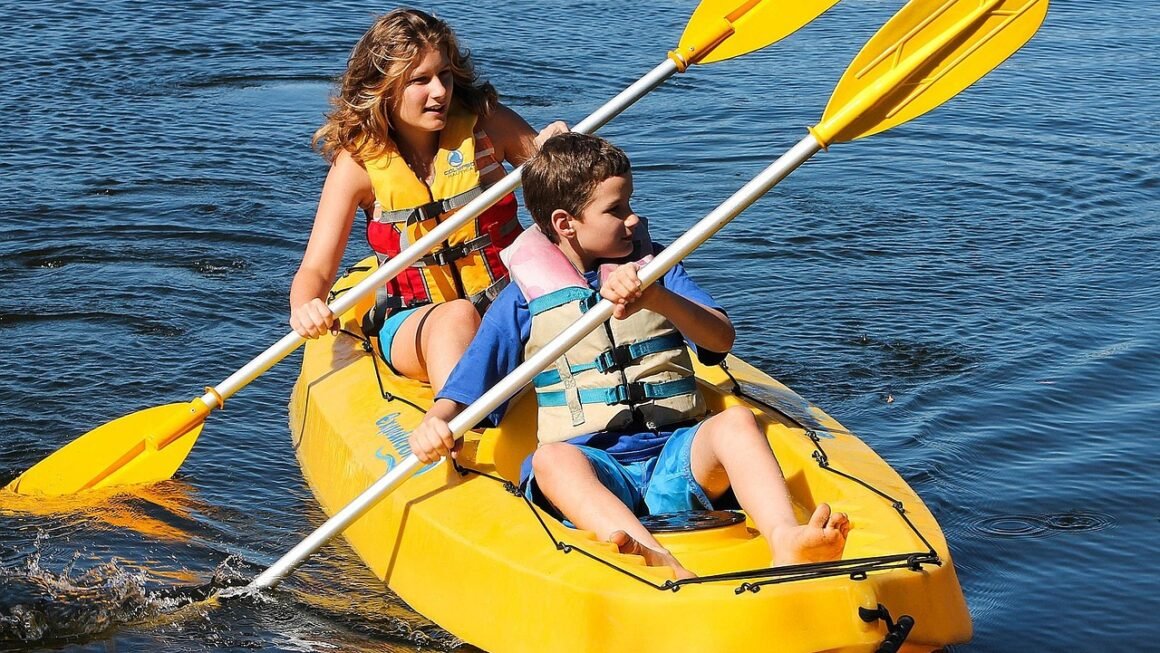Equestrian sports, a thrilling blend of athleticism and artistry, showcase the unique partnership between horse and rider. From the precision of dressage to the adrenaline rush of show jumping, these disciplines demand years of dedication, training, and a deep understanding between two living beings. Whether you’re a seasoned equestrian enthusiast or simply curious about the world of horseback riding, this guide will explore the diverse and captivating landscape of equestrian sports.
A World of Disciplines: Exploring Equestrian Sports
Equestrian sports are far more diverse than many realize, encompassing a wide array of disciplines, each with its own set of rules, skills, and challenges. Let’s explore some of the most popular and well-known equestrian activities.
Dressage: The Art of Harmony and Precision
Dressage, often referred to as “horse ballet,” is a highly refined discipline where the horse and rider perform a series of predetermined movements from memory. The goal is to demonstrate the horse’s obedience, suppleness, and athleticism through fluid and graceful execution.
- Key Features of Dressage:
Emphasis on precision, balance, and rhythm.
Horses are judged on their gaits, posture, and response to the rider’s aids.
Movements include collection, extension, lateral work (e.g., shoulder-in, leg yield), and flying changes.
- Levels of Competition: Dressage competitions range from introductory levels to Grand Prix, the highest level of international competition.
- Benefits of Dressage Training: Even if you don’t aspire to compete, dressage principles are invaluable for improving your horse’s overall training, balance, and responsiveness.
Show Jumping: Thrills, Agility, and Partnership
Show jumping is a dynamic and exciting sport where horse and rider navigate a course of obstacles, demonstrating their athleticism, courage, and communication. The goal is to clear each jump without knocking down any rails and within the allotted time.
- Key Aspects of Show Jumping:
Courses consist of a variety of jumps, including verticals, oxers (spread jumps), and combinations.
Riders must strategize their approach to each jump and maintain a consistent pace.
Faults are assessed for knocked-down rails, refusals (horse stops before the jump), and exceeding the time limit.
- Height and Difficulty: The height and complexity of the jumps increase with the level of competition, ranging from beginner courses to Olympic-level challenges.
- Developing a Successful Show Jumping Partnership: Requires trust, confidence, and the ability to quickly adapt to changing course conditions.
Eventing: The Ultimate Equestrian Triathlon
Eventing is a comprehensive discipline that combines dressage, cross-country, and show jumping into a single competition. This “equestrian triathlon” tests the horse and rider’s versatility, endurance, and bravery.
- The Three Phases:
Dressage: Assesses the horse’s obedience and suppleness.
Cross-Country: A challenging test of endurance and jumping ability over a course of natural obstacles, including logs, water crossings, and ditches.
Show Jumping: A final test of accuracy and composure after the demanding cross-country phase.
- Levels of Competition: Eventing competitions range from beginner levels to the five-star level, the highest level of international competition.
- Why Eventing is So Challenging: Requires exceptional horsemanship skills, a brave and athletic horse, and meticulous preparation.
Other Equestrian Disciplines: A Diverse Landscape
Beyond the well-known disciplines of dressage, show jumping, and eventing, a vibrant array of other equestrian sports exists, catering to different interests and skill levels.
- Reining: A Western riding discipline that emphasizes the horse’s athleticism and responsiveness to the rider’s subtle cues.
- Endurance Riding: A long-distance competition that tests the horse and rider’s stamina and ability to navigate challenging terrain. Distances can range from 50 miles to 100 miles or more.
- Vaulting: A gymnastic discipline performed on horseback, requiring strength, flexibility, and coordination.
- Polo: A team sport played on horseback, requiring speed, agility, and strategic teamwork.
Gear and Equipment: Ensuring Safety and Performance
Proper gear and equipment are essential for both the horse and rider’s safety and performance in equestrian sports. Investing in quality equipment is an investment in your well-being and your horse’s comfort.
Rider Essentials
- Helmet: A properly fitted, ASTM/SEI-certified helmet is the most crucial piece of safety equipment. Replace your helmet after any fall or impact.
- Riding Boots: Provide ankle support and prevent your foot from slipping through the stirrup.
- Breeches or Riding Pants: Designed for comfort and freedom of movement in the saddle.
- Gloves: Improve grip and protect your hands from rein friction.
- Protective Vest (for Eventing): Offers additional protection during the cross-country phase.
Horse Tack
- Saddle: Provides a secure and comfortable seat for the rider. Different disciplines require different types of saddles (e.g., dressage saddle, jumping saddle, Western saddle).
- Bridle: Controls the horse through the reins and bit.
- Bit: The mouthpiece of the bridle, used to communicate with the horse. Different bits have varying degrees of severity and are chosen based on the horse’s training level and temperament.
- Saddle Pad: Protects the horse’s back from saddle friction.
- Girth: Secures the saddle to the horse.
- Boots and Wraps: Protect the horse’s legs from injury during exercise.
Getting Started in Equestrian Sports: A Practical Guide
Interested in getting involved in equestrian sports? Here’s a practical guide to help you get started.
Finding a Reputable Riding Instructor and Stable
- Research and Recommendations: Ask friends, family, or local equestrian organizations for recommendations.
- Visit Different Stables: Observe lessons, talk to instructors and students, and assess the quality of the facilities and care of the horses.
- Credentials and Experience: Look for instructors with certifications from recognized equestrian organizations (e.g., US Equestrian Federation).
- Horse Welfare: Ensure that the stable prioritizes the health and well-being of its horses.
Taking Riding Lessons
- Start with Beginner Lessons: Learn the fundamentals of horsemanship, including grooming, tacking up, and basic riding skills.
- Progress Gradually: As you gain experience, you can progress to more advanced lessons and explore different disciplines.
- Be Patient and Persistent: Learning to ride takes time and dedication. Don’t get discouraged by challenges.
- Listen to Your Instructor: Your instructor is there to guide you and provide valuable feedback.
Owning vs. Leasing a Horse
- Owning a Horse: A significant financial and time commitment. You’re responsible for all aspects of the horse’s care, including boarding, feeding, veterinary care, and farrier services.
- Leasing a Horse: A more affordable and flexible option. You typically pay a monthly fee for the use of a horse and may be responsible for some of its care.
- Consider Your Experience Level: If you’re new to equestrian sports, leasing a horse may be a better option until you gain more experience.
Benefits of Equestrian Sports: More Than Just a Hobby
Equestrian sports offer a multitude of benefits, both physical and mental. They provide a unique opportunity to connect with nature, develop discipline, and build a strong bond with an animal.
- Physical Benefits:
Improved balance, coordination, and muscle strength.
Increased cardiovascular fitness.
Enhanced posture and flexibility.
- Mental and Emotional Benefits:
Stress reduction and improved mental well-being.
Increased confidence and self-esteem.
Development of patience, discipline, and responsibility.
A strong sense of connection with nature and animals.
- Life Skills: Equestrian sports teach valuable life skills such as problem-solving, decision-making, and teamwork.
Conclusion
Equestrian sports offer a rewarding and challenging experience for people of all ages and skill levels. Whether you’re drawn to the elegance of dressage, the excitement of show jumping, or the versatility of eventing, there’s a discipline to suit your interests. By investing in proper instruction, equipment, and horsemanship skills, you can embark on a journey of personal growth, build a strong bond with a horse, and discover the unique joys of equestrian sports. So, take the reins and explore the wonderful world of horseback riding – an adventure awaits!



